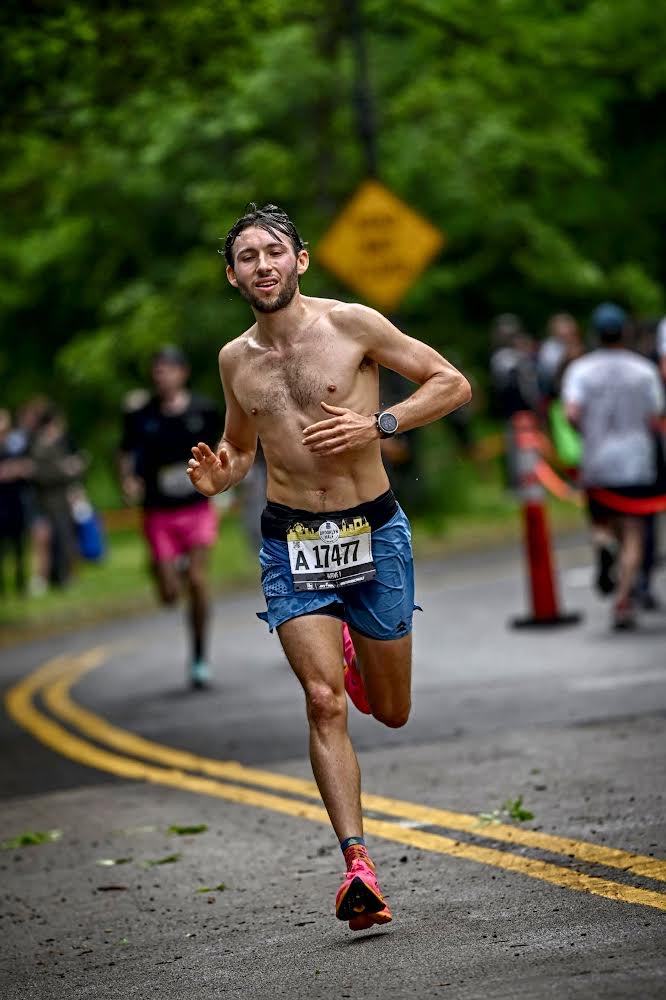contact us
What to Expect from Your ACL Rehab Sessions
- Comprehensive Initial Assessment
- World class ACL specialists
- Personalised End-to-end Care Plan
- Most efficient and sustainable recovery based on your specific needs
- Prehabilitation before Surgery & Post-surgical Management
- Range of Motion & Strengthening Programs
- Proprioception and Balance Training
- Functional Training
- Education and Guidance
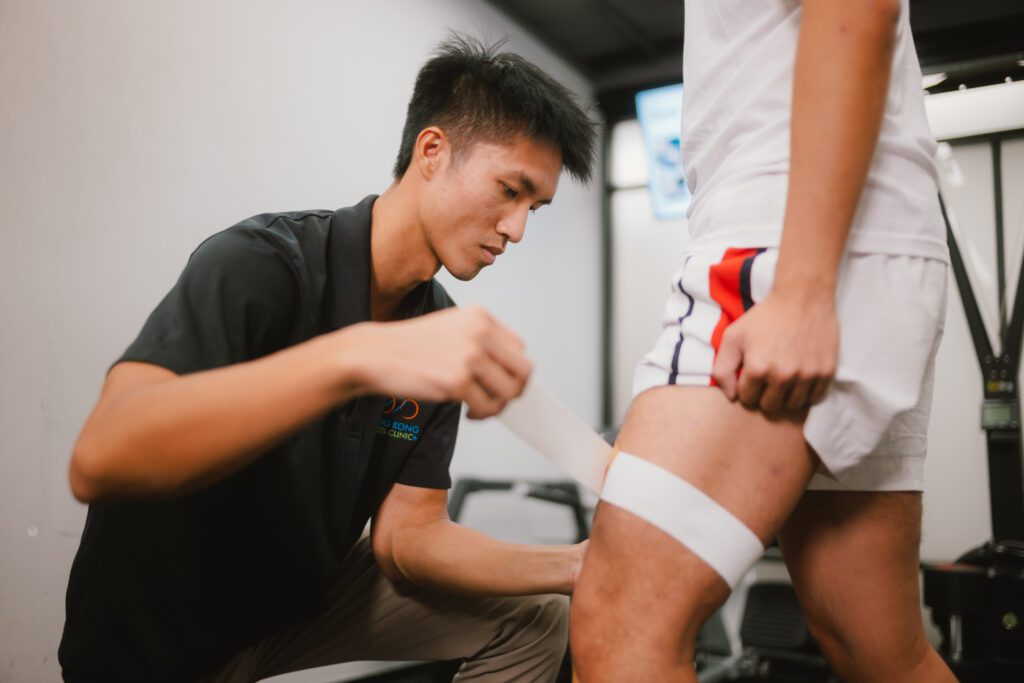
To deliver not just a speedy recovery, but lasting results
- Personalised care: Our team is dedicated to creating a recovery plan that’s as individual as you are;
- End-to-end support: From the moment of injury to your return to action, we are with you every step of the way with a comprehensive care plan
- Long term mindset: We go above and beyond to ensure you are not just getting an ACL treatment, but also a partner committed to a lifetime of activity and well-being
- Latest scientific knowledge: We are trained by the world leaders in ACL rehab
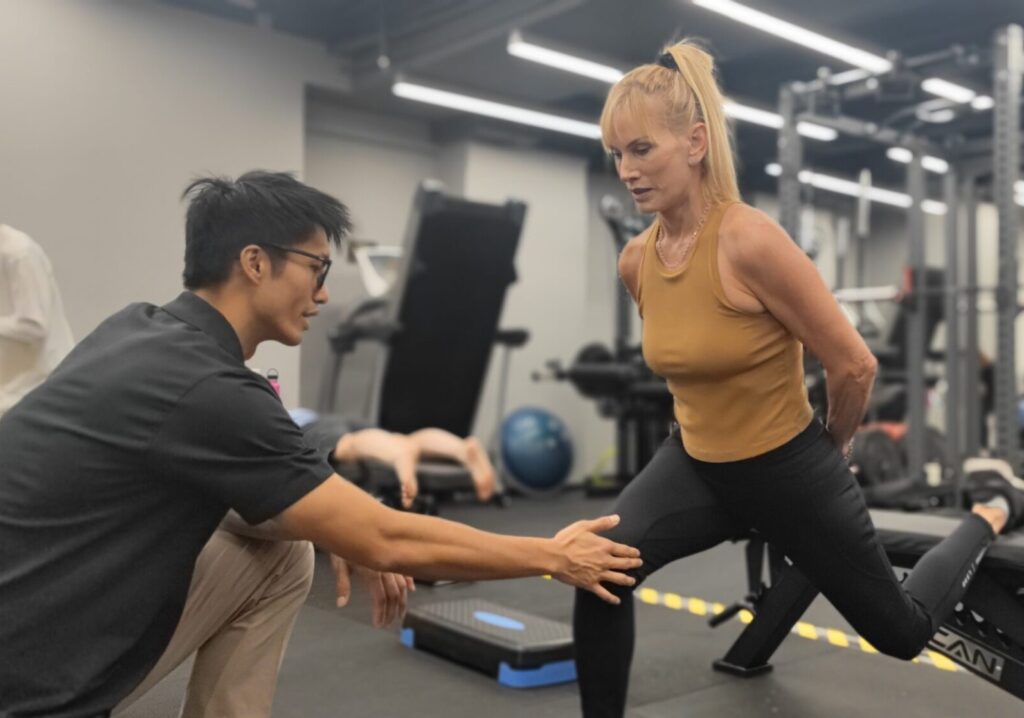

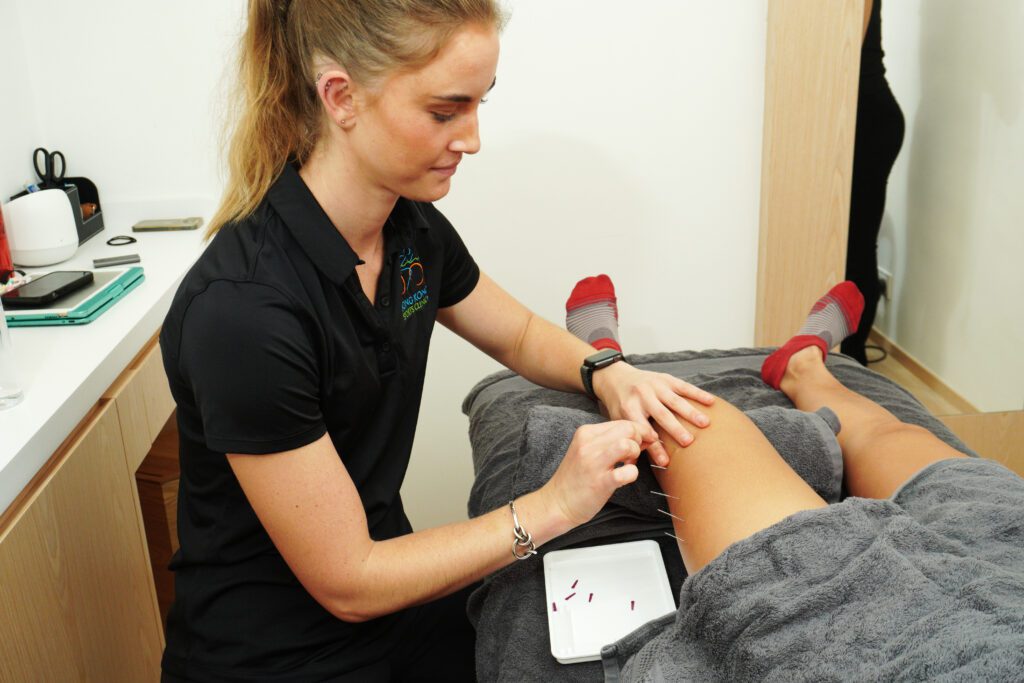
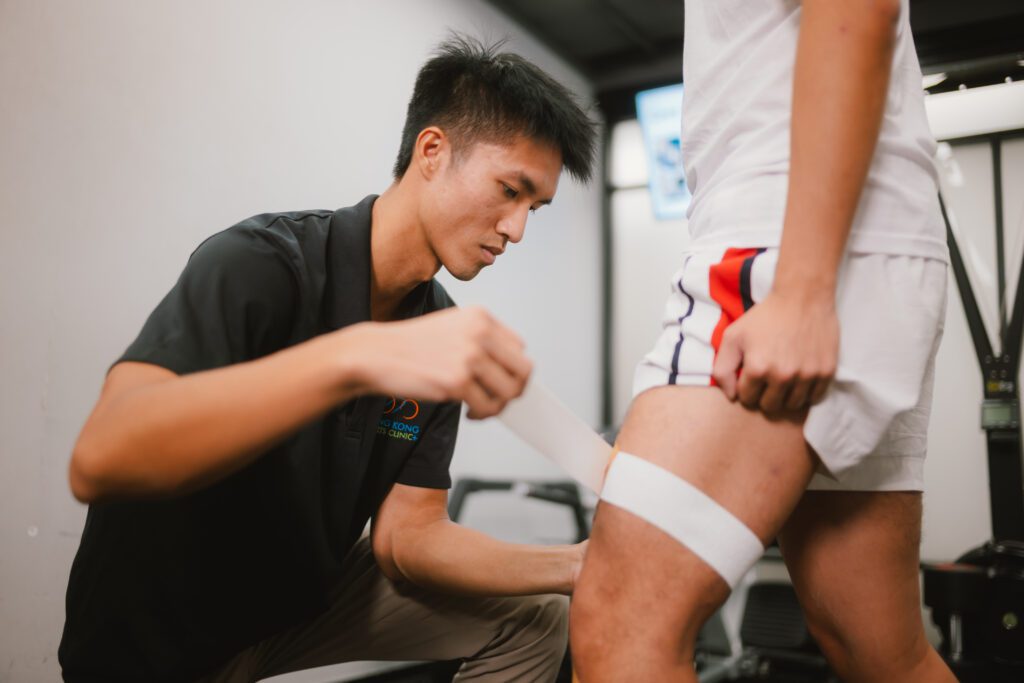
Testimonials
Our diverse customers are passionate advocates for our excellent services.
I am doing ACL Rehab in HKSC (for 6 months since my surgery). My physiotherapist Kayden is really great. He has the whole rehab schedule and I'm having good progress under his guidance. Also, he is a patient and careful person. He always can point out my weakness and change the plan simultaneously so I can do the rehab better.
I went to Hong Kong Sports Clinic for post-ACL surgery rehab for over 1 year, and have been back to playing high level football for 7 months now. I worked mainly with Charles and Kayden, and I can’t thank them enough for their role in my return to sport - I wouldn’t be back on the field without them. ACL recovery is as much a mental one as a physical one, and the staff at HKSC made me feel supported through the whole journey.They are great physiotherapists, and even better people!

I had mensicus & ACL surgery last year All the staff at HKSC are so knowledgeable, encouraging, and friendly. ACL recovery is as much a mental one as a physical one, and the staff at HKSC made me feel supported through the whole journey. My physiotherapist METE CHEUNG and his team have done a great job in helping me get back to sports with a tailor-made rehab plan!
Relevant Blog
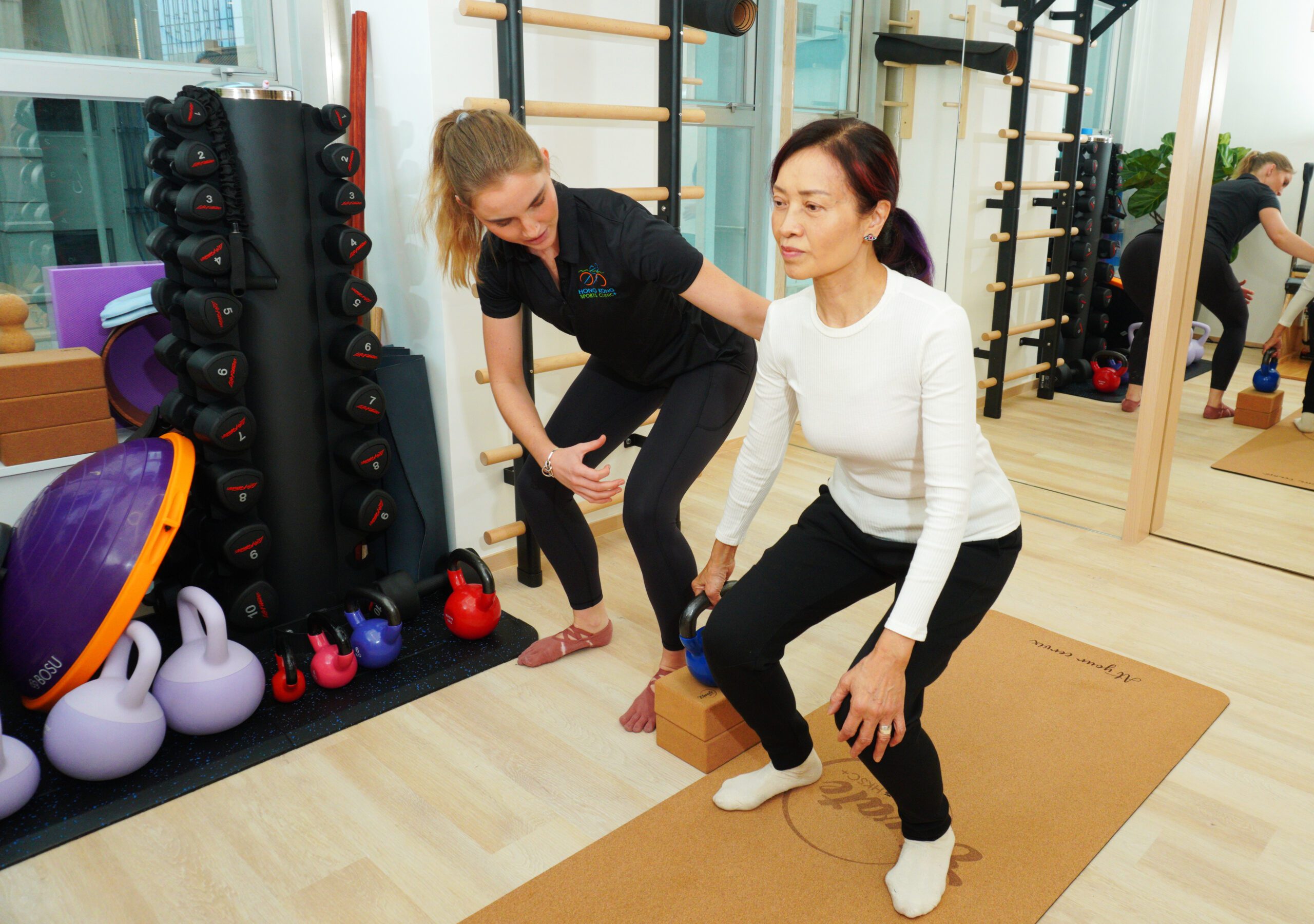
Understanding ACL Injuries in Women: A Comprehensive Physiotherapist’s Perspective By Jenghis Lui (RPT HK).
The ACL is a major ligament
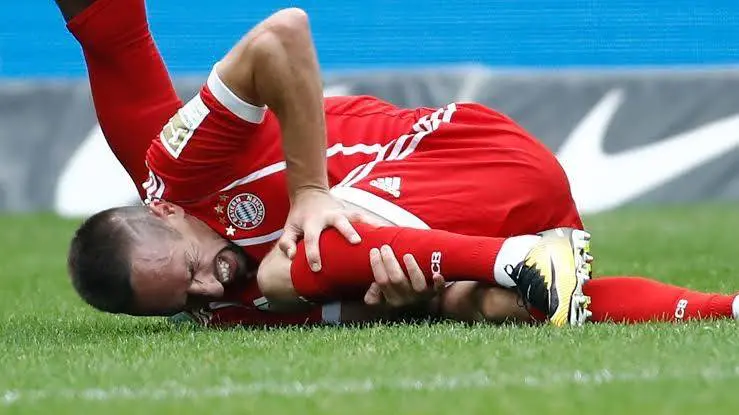
Recovering Strong: Your Comprehensive Guide to ACL Tear Rehabilitation
By Kayden Wu (M. physio) Introduction:
Be Inspired
Be Informed
Reach Your Goals
